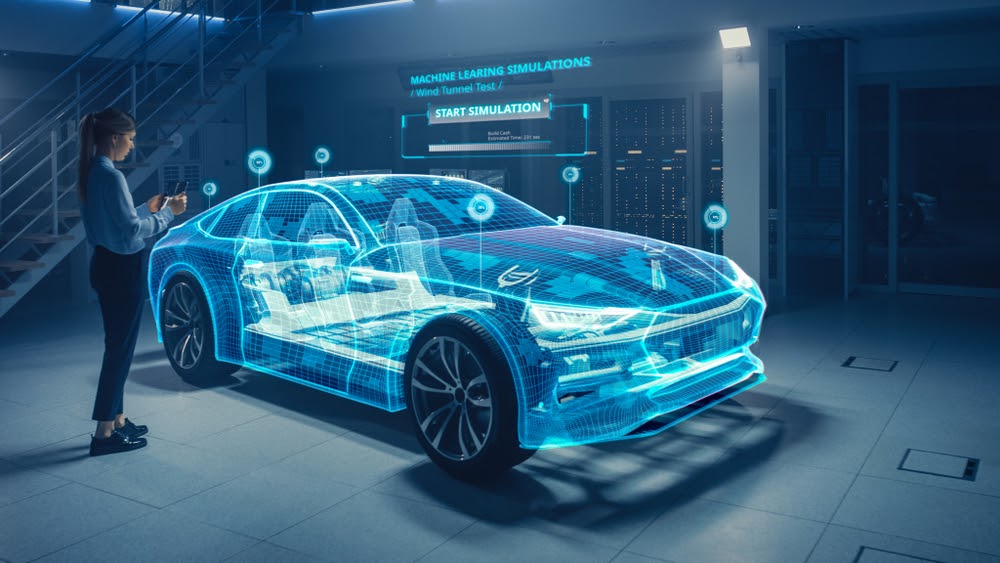Virtual reality is a form of technology that allows users to immerse themselves and interact within an artificial/virtual three-dimensional environment. This simulation uses electronic devices, such as special gloves with sensors or eyewear fitted with a screen. In this virtual environment, users can have a lifelike experience.
Understanding VR
In recent years, VR has been dominating tech headlines, especially in the automotive industry and gaming. This is because users can immerse themselves in a safe virtual environment. VR stands on the combination of two words, i.e., the real and the virtual. Essentially, users get to experience something that is conceptually or nearly real through the use of technology.
Nowadays, even higher education institutions are using VR technology to help students improve their research capabilities. It is a great innovation for teaching and learning situations. Virtual and augmented reality is becoming a familiar tool in universities. These technologies are offering educators a great way to expand their classrooms' walls.
Academic institutions investing in virtual reality are seeing breakthroughs and innovations that translate to the real world. For example, in some universities, students use virtual reality to design safe autonomous cars for the future. Some of these technologies can even project traffic simulations to test a vehicle's interaction with different road elements, such as other vehicles, stop signs, or pedestrians.
Shopping for a Car using VR Technology
Consider a virtual showroom app that allows you to explore the exteriors and interiors of cars using a VR headset, tablet, or smartphone. It also allows you to experience the vehicle's panoramic interior, change its color, view it from any angle, and rotate it. Such an app is a great tool for car enthusiasts and shoppers alike, which is the reason it is the next evolution for car shopping and research.
Modern technological innovations have the potential to help organizations adapt during unstable times. They can also change consumer behavior. The automotive industry is experiencing unprecedented technological changes, which are improving it in many ways.
In recent years, the idea of reasonable fuel consumption coupled with the wide range of taxi and car-sharing apps has led to decreased car sales. Today, some people do not consider a car to be a luxury or a necessity but a liability. However, this does not mean that people will stop purchasing cars. Car dealerships have to come up with more effective marketing approaches, such as virtual showrooms.
How Virtual Showrooms can Improve Customer Satisfaction
Global car sales went down by about 19 million units between 2018 and 2020, according to figures by Statista. One of the reasons for this drop in sales was customer dissatisfaction when shopping for a car.
When transitioning to a customer-centric approach, this is one of the most important factors to consider. Today, most people are looking for information on their preferred cars on popular websites and social media instead of visiting dealerships.
Unfortunately, even this information will not give you a complete picture of the car you plan to purchase. This is where virtual showrooms come in handy. Using various apps and technologies, you will be able to see, experiment with, hear, and even drive your dream car without having to leave your home. You simply need the right hardware and software.
About The Author:
Aqib Ijaz is a content writing guru at Letstechup. He is adept in IT as well. He loves to write on different topics. In his free time, he likes to travel and explore different parts of the world.














